Image of 1963 Volkswagen Karmann Ghia, Note: These illustrations use artistic license and may differ from actual historical models.
Performance Metrics
Fundamental Metrics
Emotional Appeal
MMP Rating
| Engine Specifications | |
|---|---|
| Engine: | Air-cooled, rear-mounted flat-four engine |
| Displacement: | 1192cc |
| Horsepower: | 40hp at 3900 rpm |
| Torque: | 65 lb-ft at 2800 rpm |
| Compression Ratio: | 7.0:1 |
| Ignition System: | Distributor ignition system |
| Cooling System: | Air-cooled |
| Performance Specifications | |
| 0-60 Time: | 22.4 seconds |
| 1/4 Mile Time: | Estimated at around 22 seconds |
| Top Speed: | 72 mph |
| Transmission and Drive | |
| Drive Type: | Rear-wheel drive |
| Transmission Type: | 4-speed manual |
| Fuel and Efficiency | |
| Fuel System Type: | Carburetor |
| MPG: | 32 mpg |
| Dimensions and Brakes | |
| Brakes: | Drum brakes on both front and rear |
| Wheelbase: | 94.5 inches |
| Weight: | 1830 lbs |
Note: Specifications for classic cars are given to the best of our ability, considering the limited and variant data available.
Unveiling the Elegance of the 1963 Volkswagen Karmann Ghia
The 1963 Volkswagen Karmann Ghia is a testament to the fusion of German engineering and Italian design flair. This iconic car, born from the collaboration between Volkswagen and the coachbuilding expertise of Karmann, was further beautified by the Italian design house Ghia. Its sleek lines and curvaceous bodywork stood as a beacon of style amidst an era dominated by utilitarian design. A unique fact that may pique your interest: the Karmann Ghia was never officially named by Volkswagen, but rather, it was christened by the public who adored its charm.
Design and Innovation
The exterior of the 1963 Karmann Ghia is a visual symphony, with its low-slung roofline, elongated hood, and rounded fenders that seem to hug the road. The vehicle's elegance is accentuated by chrome accents and slender, minimalist body trim. Inside, occupants are greeted with a simple yet sophisticated cabin, where high-quality vinyl and tactile fabrics meet in harmonious balance. The dashboard's clean design focuses on driver ergonomics, housing essential instruments within easy view.
For its time, the Karmann Ghia featured innovations like a synchronized manual transmission and an electrical system that was 12 volts ahead of many contemporaries still using 6 volts. Color options ranged from vibrant hues to more subdued tones, with Sea Blue and Ruby Red being among the popular choices. The coupe was the most iconic body style, though a convertible option offered an open-air driving experience for those who sought it.
Historical Significance
The Karmann Ghia's impact on automotive design is undeniable. It brought a level of aesthetic sophistication to a brand known for practicality. Its influence can be seen in later designs that sought to blend functionality with beauty. The car stood out not just for its looks but also for bridging the gap between affordable sports cars and high-end luxury coupes.
Performance and Handling
Underneath its stylish exterior, the 1963 Karmann Ghia was powered by an air-cooled flat-four engine that delivered modest performance figures. With a top speed hovering around 80 mph and acceleration from 0-60 mph in about 18 seconds, it wasn't built for speed but rather for cruising enjoyment. The handling was characterized by a smooth ride quality that could absorb bumps gracefully while maintaining composure on winding roads. Drivers often speak fondly of the tactile feedback through the thin-rimmed steering wheel and the distinctive air-cooled engine note.
Ownership Experience
The Karmann Ghia served various roles from daily transportation to weekend showpiece or even as a base for vintage racing modifications. Its reliability was commendable with straightforward maintenance that endeared it to owners who appreciated simplicity over complexity.
Fun Facts
Did you know that less than 500 special edition "Type 34" models were produced with electric sunroofs? Or that celebrities such as Grace Kelly were known to drive a Karmann Ghia? While it never set speed records, it certainly won hearts worldwide and has been featured in numerous films and cultural events.
Collector's Information
Today, a well-preserved 1963 Volkswagen Karmann Ghia can fetch anywhere from $20,000 to $40,000 depending on condition and originality. With approximately 445,000 units produced during its entire production run (1955-1974), they are relatively rare but still accessible for collectors. The value has been steadily appreciating as enthusiasts seek out these timeless classics.
Conclusion
The 1963 Volkswagen Karmann Ghia stands as an emblem of style over speed, sophistication over raw power. It encapsulates an era where elegance was equally as important as efficiency—a true classic that continues to captivate car enthusiasts around the globe.
1963 Volkswagen Karmann Ghia Catalog of Parts
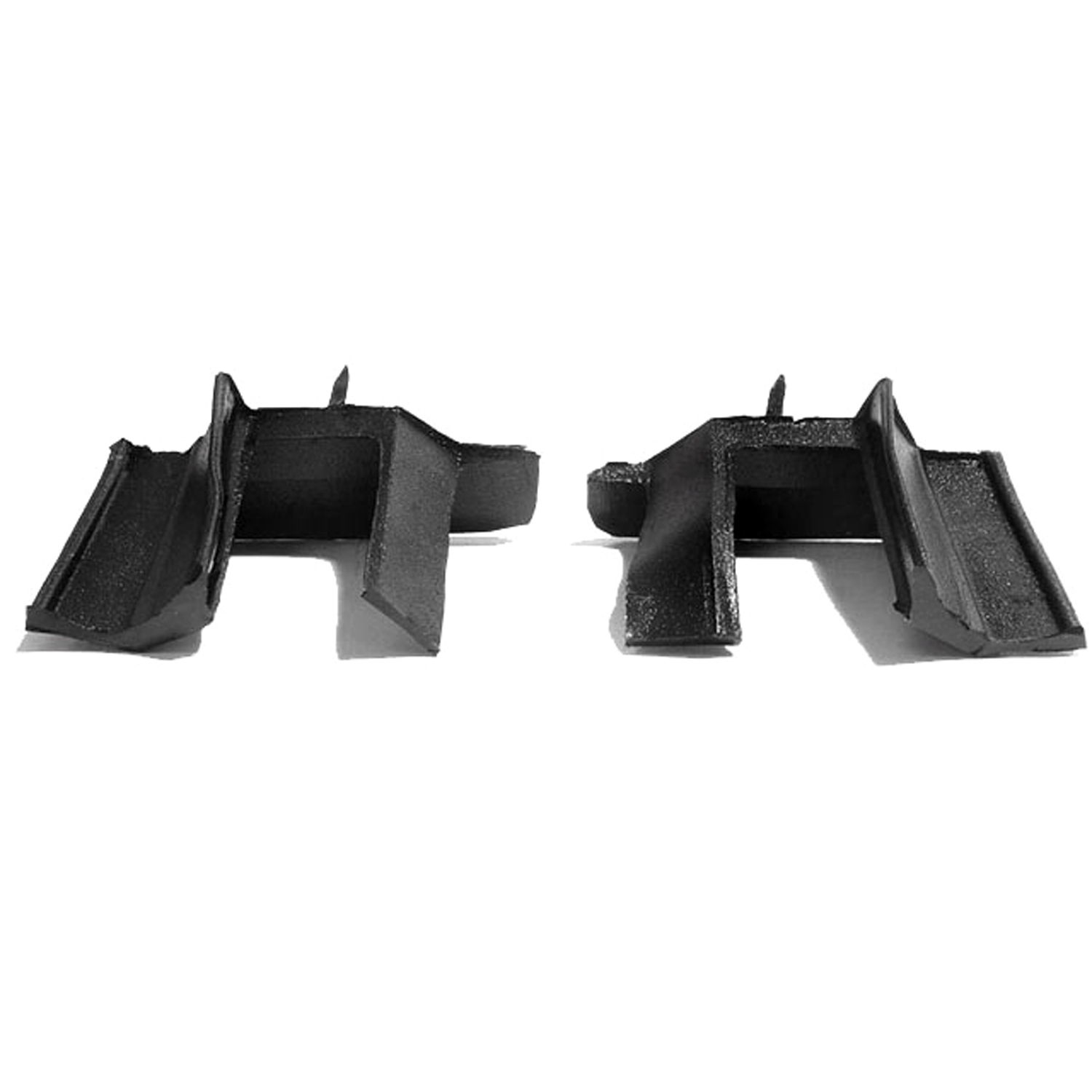 1963 Volkswagen Karmann Ghia Front Quarter Wedge Weatherseal for Convertibles-ALP 10Front Quarter Wedge Weatherseal for Convertibles. Used at back of roll-up quarter window. Pair R&L
1963 Volkswagen Karmann Ghia Front Quarter Wedge Weatherseal for Convertibles-ALP 10Front Quarter Wedge Weatherseal for Convertibles. Used at back of roll-up quarter window. Pair R&L 1963 Volkswagen Karmann Ghia Rear Door Wedge Weatherseal for convertibles-ALP 10-ARear Door Wedge Weatherseal for convertibles. Used behind back of roll-up quarter window. Pair R&L
1963 Volkswagen Karmann Ghia Rear Door Wedge Weatherseal for convertibles-ALP 10-ARear Door Wedge Weatherseal for convertibles. Used behind back of roll-up quarter window. Pair R&L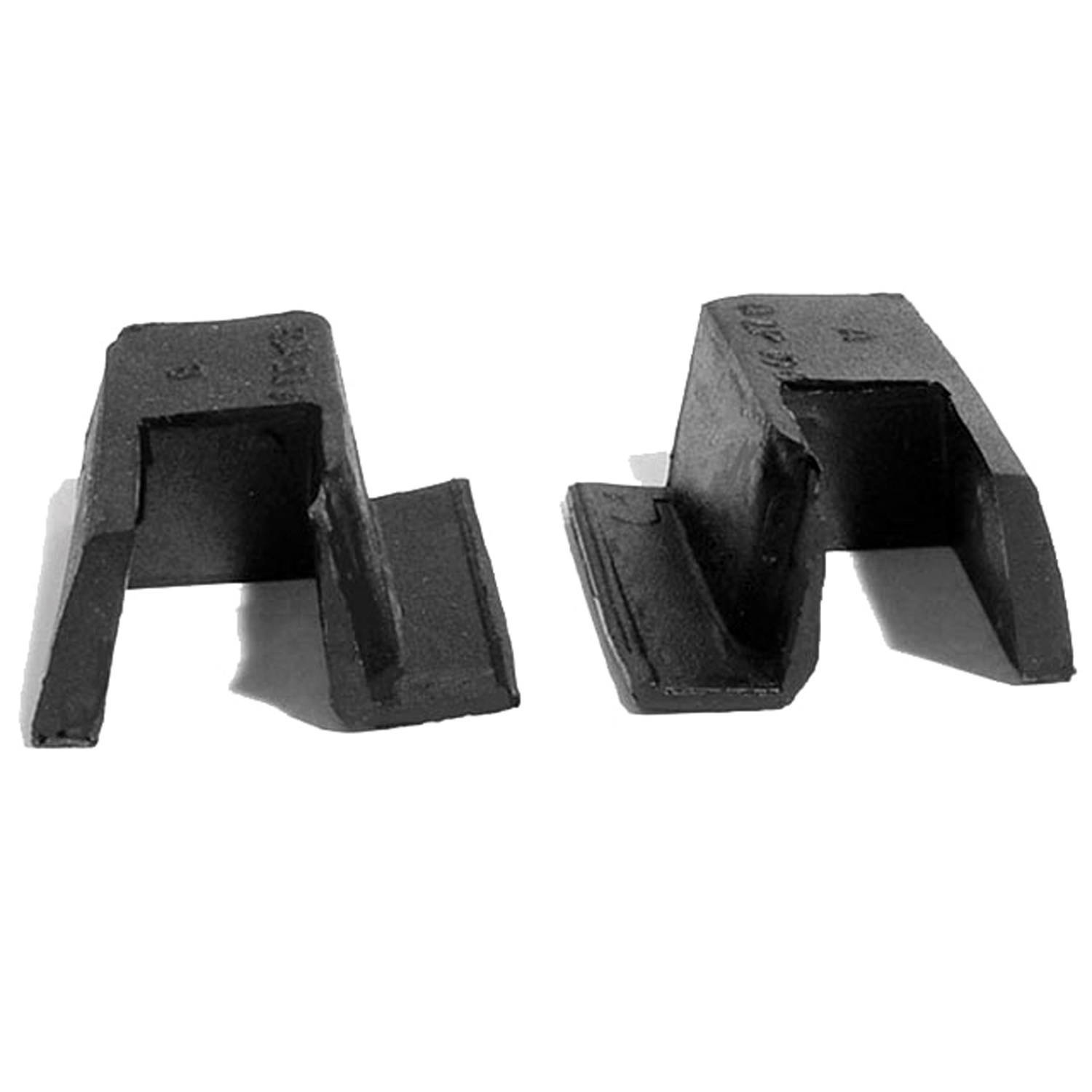 1963 Volkswagen Karmann Ghia Rear Quarter Wedge Weatherseal for Convertibles-ALP 10-BRear Quarter Wedge Weatherseal for Convertibles. Used at front of roll-up quarter window. Pair R&L
1963 Volkswagen Karmann Ghia Rear Quarter Wedge Weatherseal for Convertibles-ALP 10-BRear Quarter Wedge Weatherseal for Convertibles. Used at front of roll-up quarter window. Pair R&L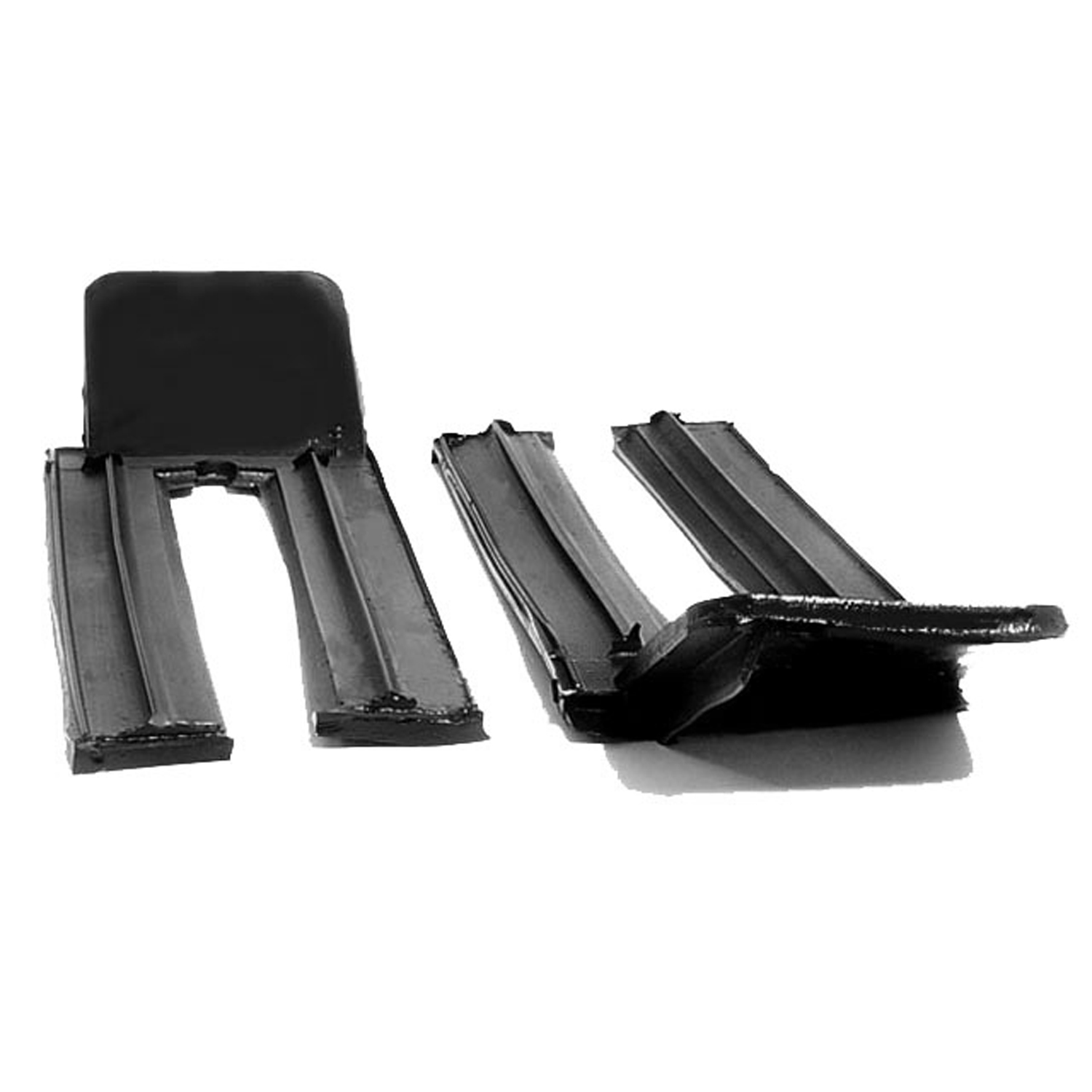 1963 Volkswagen Karmann Ghia Front Door Wedge Weatherseal for Convertibles-ALP 10-CFront Door Wedge Weatherseal for Convertibles. Used at front of vent window assembly to door. Pair R&L
1963 Volkswagen Karmann Ghia Front Door Wedge Weatherseal for Convertibles-ALP 10-CFront Door Wedge Weatherseal for Convertibles. Used at front of vent window assembly to door. Pair R&L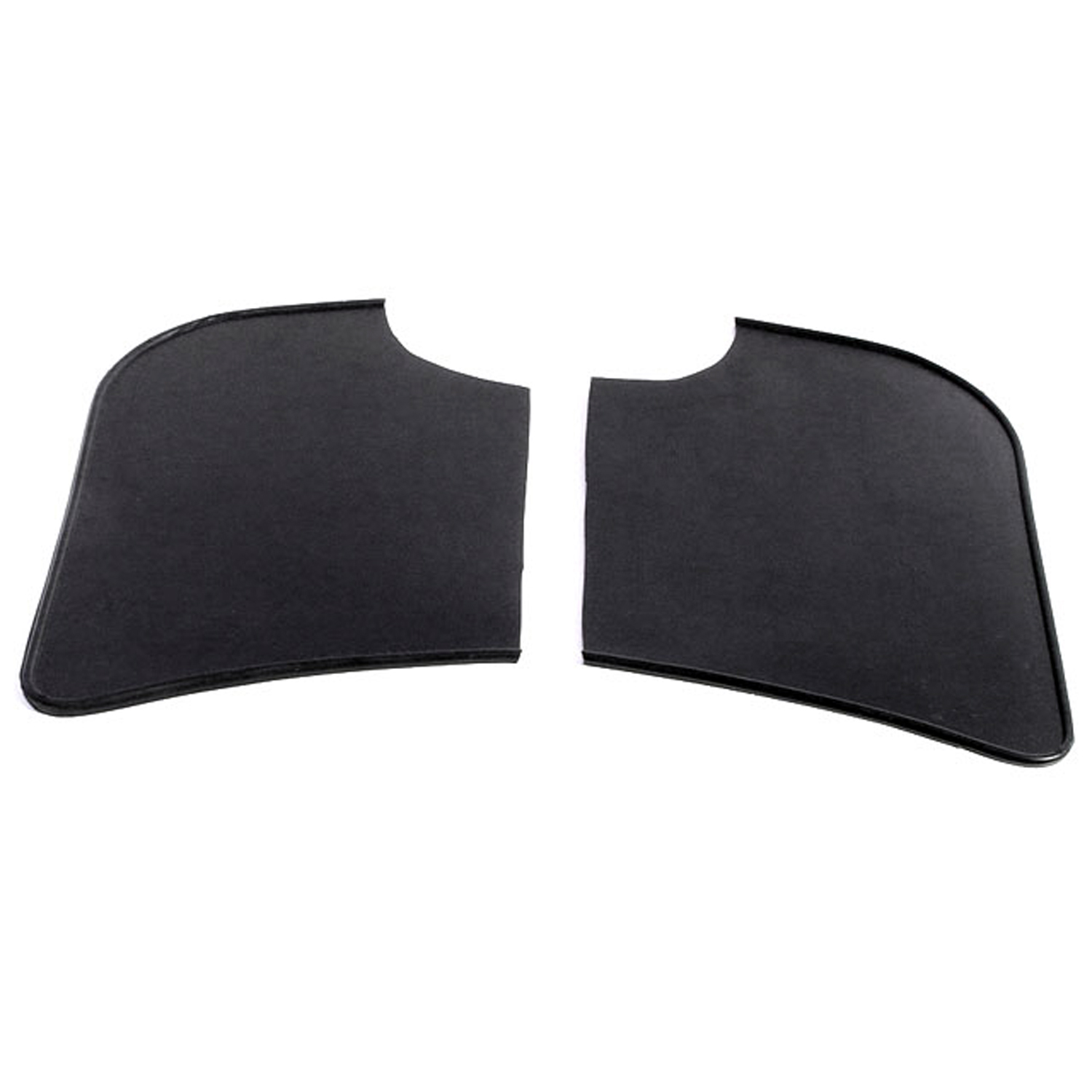 1963 Volkswagen Karmann Ghia Gravel Shields. Molded flat without metal backing plates-FS 40Gravel Shields. Molded flat without metal backing plates. Apply with contact cement. 7-5/8" long X 5-5/8" wide at top. Pair
1963 Volkswagen Karmann Ghia Gravel Shields. Molded flat without metal backing plates-FS 40Gravel Shields. Molded flat without metal backing plates. Apply with contact cement. 7-5/8" long X 5-5/8" wide at top. Pair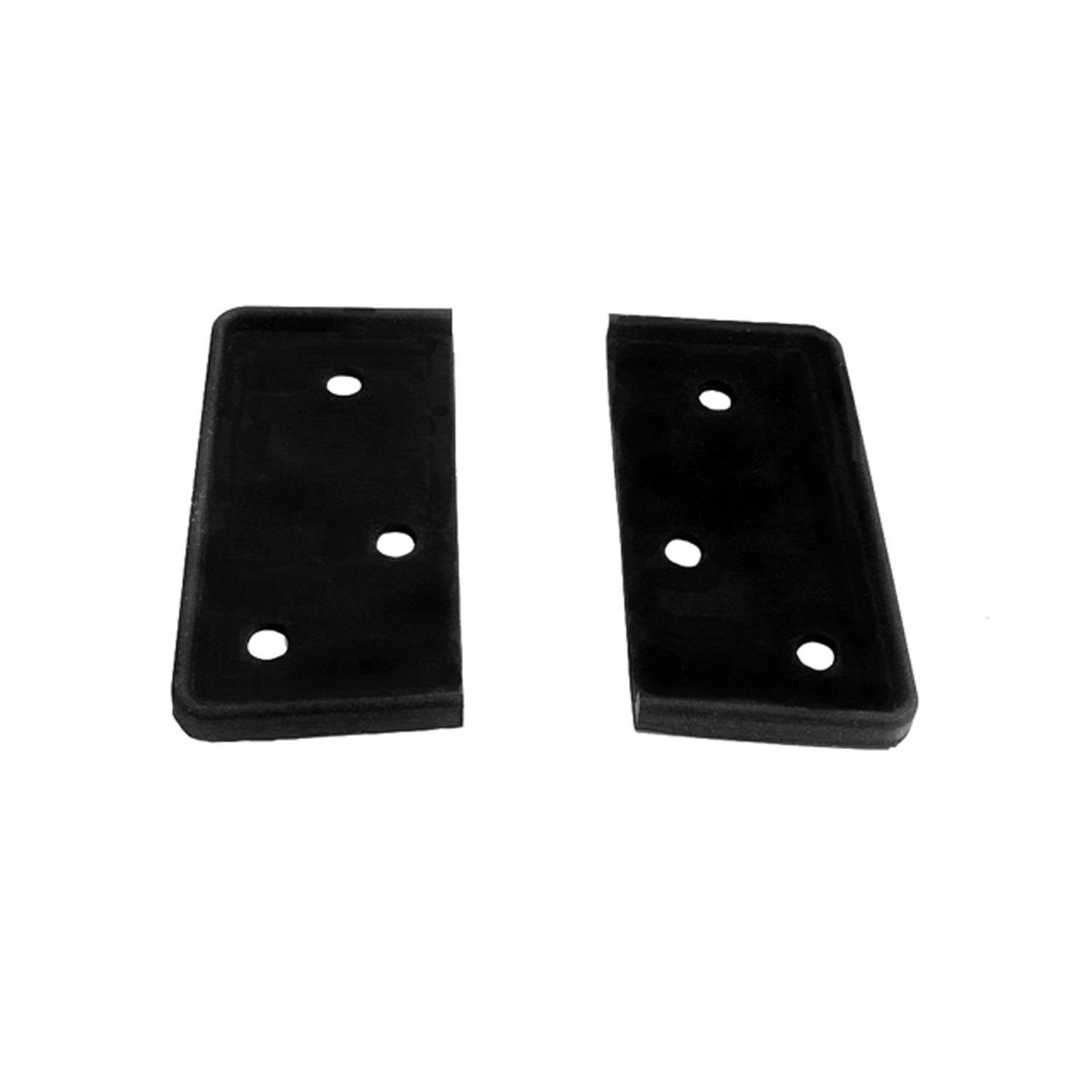 1963 Volkswagen Karmann Ghia Outside Quarter Window Seal (facing base)-MP 1501Outside Quarter Window Seal (facing base). 2-1/2" wide X 1-1/4" long. Pair R&L
1963 Volkswagen Karmann Ghia Outside Quarter Window Seal (facing base)-MP 1501Outside Quarter Window Seal (facing base). 2-1/2" wide X 1-1/4" long. Pair R&L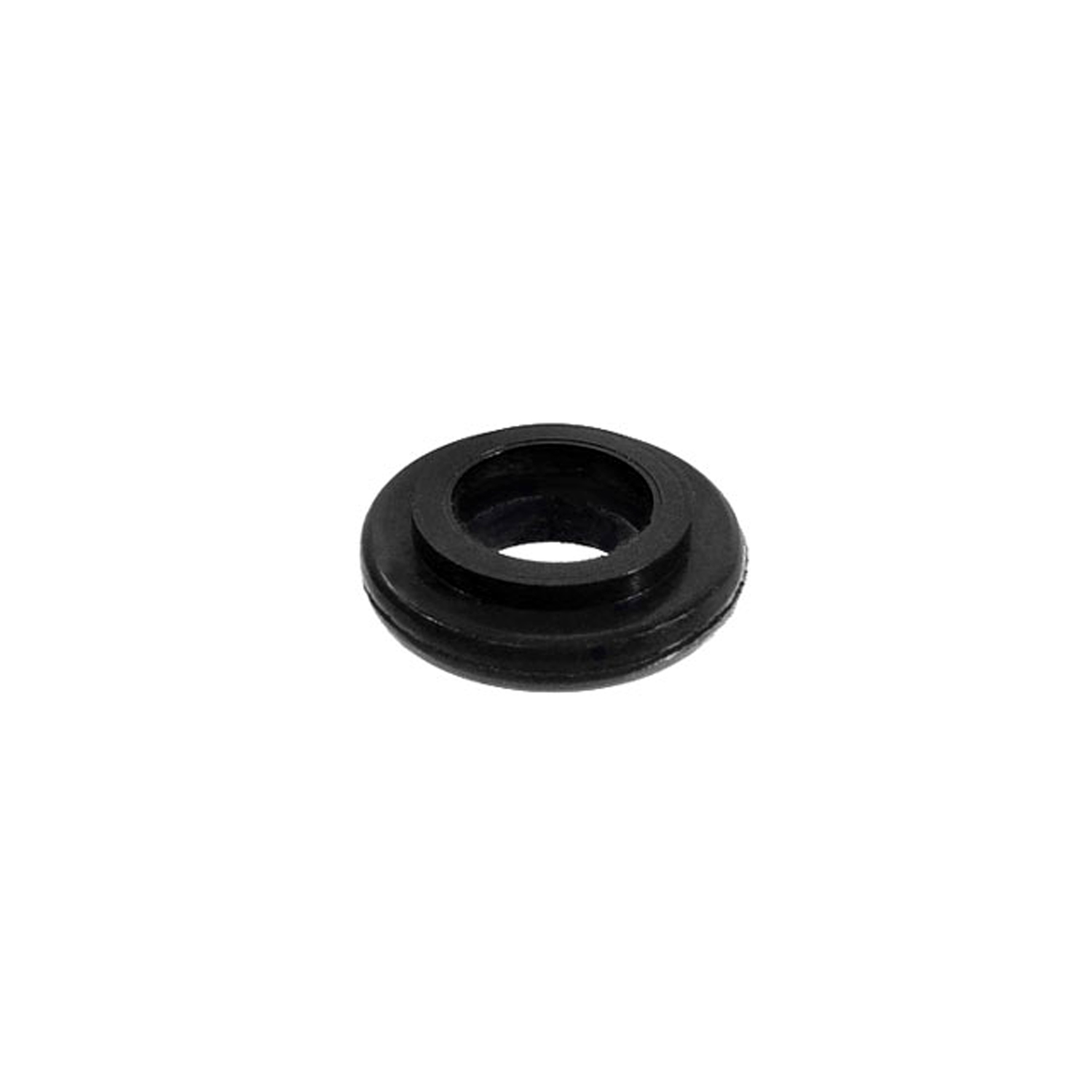 1963 Volkswagen Karmann Ghia Oil Cooler Seal. 7/16" I.D., 7/8" O.D. Each-RP 8-BOil Cooler Seal. 7/16" I.D., 7/8" O.D. Each
1963 Volkswagen Karmann Ghia Oil Cooler Seal. 7/16" I.D., 7/8" O.D. Each-RP 8-BOil Cooler Seal. 7/16" I.D., 7/8" O.D. Each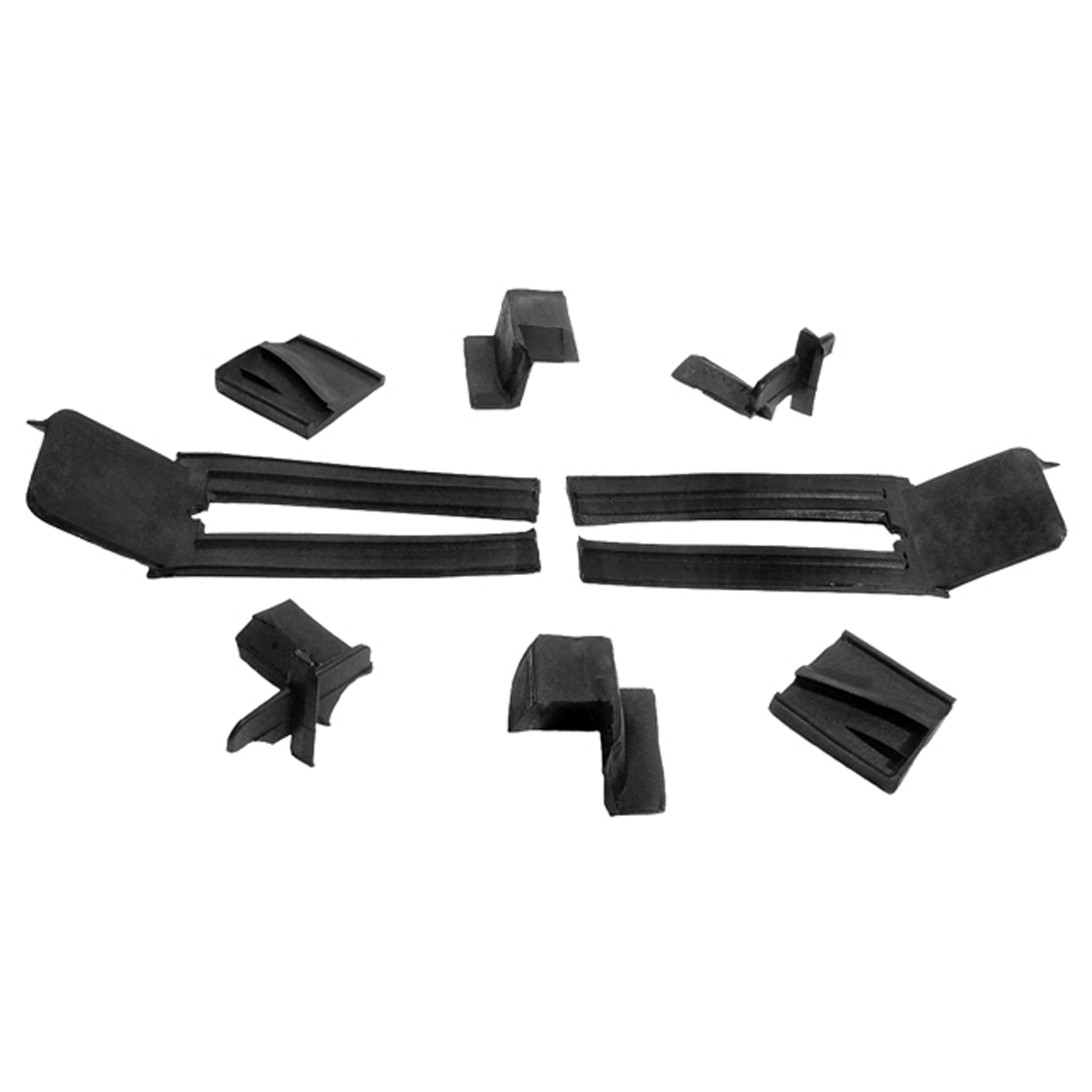 1963 Volkswagen Karmann Ghia Auxillary Window Seal Kit for Convertibles (ALP 10, ALP 10-A-WK 400Auxillary Window Seal Kit for Convertibles (ALP 10, ALP 10-A, ALP 10-B, ALP 10-C) 8-Piece Kit
1963 Volkswagen Karmann Ghia Auxillary Window Seal Kit for Convertibles (ALP 10, ALP 10-A-WK 400Auxillary Window Seal Kit for Convertibles (ALP 10, ALP 10-A, ALP 10-B, ALP 10-C) 8-Piece Kit 1963 Volkswagen Karmann Ghia Front Vent Window Seals, for Convertibles-WR 9800Front Vent Window Seals, for Convertibles. Molded in proper shape. Pair
1963 Volkswagen Karmann Ghia Front Vent Window Seals, for Convertibles-WR 9800Front Vent Window Seals, for Convertibles. Molded in proper shape. PairWhy Choose Metro?
For over 100 years, Metro Moulded Parts has been the pinnacle of quality in classic car restoration parts. Our commitment to precision and authenticity in every component ensures a perfect fit and an OEM-level appearance.
- Expert Craftsmanship & Quality: Each part is a testament to our dedication to reliability and perfection, crafted from original designs and thoroughly tested.
- Advanced Technology: We use cutting-edge techniques to create flawless, long-lasting parts that surpass others in performance.
- SuperSoft Sponge – The Ultimate Door Seal: Not only are our door seals 30% softer than competitors', but they're also guaranteed to never leak. They effectively reduce wind and road noise, enhancing your classic car's comfort and driving experience.
- Proudly American: Our parts are a product of American craftsmanship, made in the USA with a spirit of excellence and heritage.
- Unrivaled Warranty: We back our products with a 30-year industry-leading warranty, a testament to our confidence in their quality.
Join us in preserving the legacy of classic cars with parts that are crafted for perfection, not just made.

